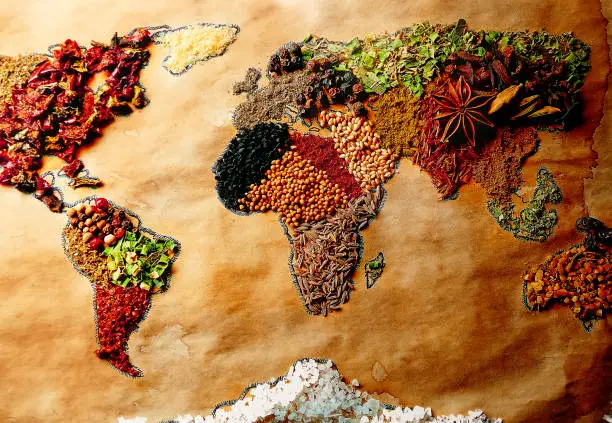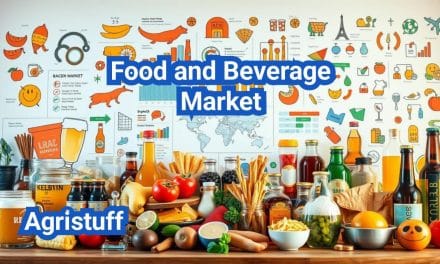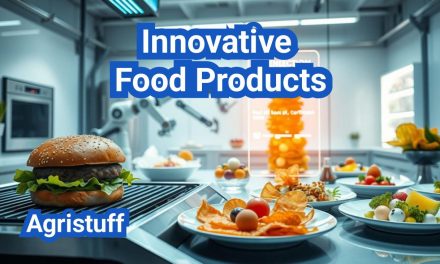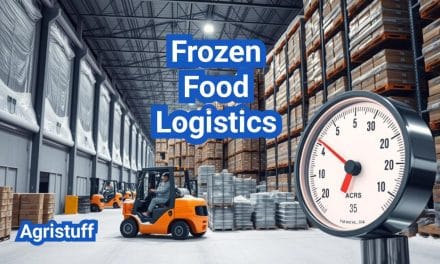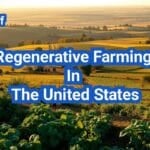As we move further into the 21st century, two interconnected challenges dominate the global agenda: food security and population growth. These issues are not only critical to human survival but also deeply intertwined, demanding urgent attention and innovative solutions. This article explores the complexities of food security, the impact of rapid population growth, and the role of globalization and climate change in shaping our future. We’ll also discuss actionable policy interventions and the importance of agricultural development to address these pressing concerns.
Understanding Food Security and Population Growth
Food security is a multifaceted concept that goes beyond simply having enough food. According to the United Nations Food and Agriculture Organization (FAO), food security exists when all people, at all times, have physical and economic access to sufficient, safe, and nutritious food to meet their dietary needs. This definition hinges on four pillars: availability, access, utilization, and stability. When any of these pillars are compromised, food insecurity arises.
On the other hand, population growth refers to the increase in the number of individuals in a given area. The United Nations projects that the global population will reach 9.8 billion by 2050, up from 7.9 billion in 2023. This exponential growth places immense pressure on food systems, natural resources, and ecosystems, making it a central concern for global food security.
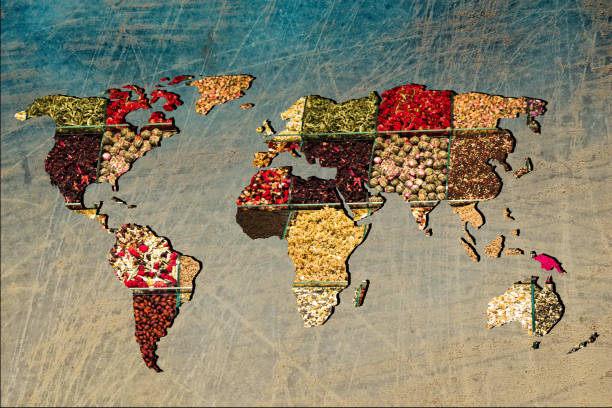
The Link Between Population Growth and Food Security
The relationship between population growth and food security is complex and influenced by various factors. Malthusian theory suggests that population growth could outpace food production, leading to widespread famine and poverty. While this theory has been debated, it highlights the challenges of feeding a growing population.
Rapid population growth increases the demand for food, strains natural resources, and disrupts ecosystems. It also exacerbates vulnerabilities such as price volatility in global food markets. However, population growth isn’t inherently negative. It can drive technological advancements in agriculture, such as precision farming and lab-grown food, which can enhance productivity. The key lies in implementing effective policies and investments to harness this potential.
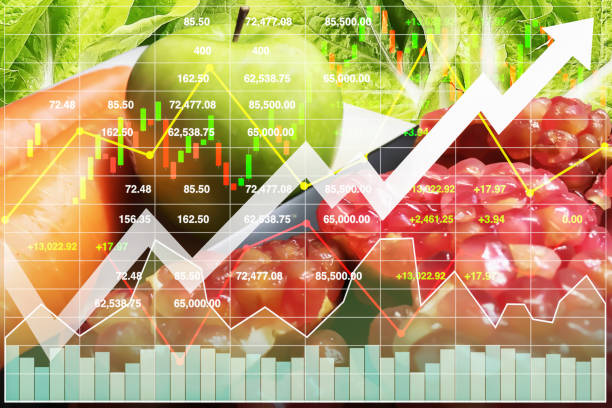
The Role of Urbanization and Technology
Urbanization, a byproduct of population growth, presents both opportunities and challenges for food security. On one hand, cities enable efficient food distribution and reduce transportation costs. On the other hand, urban sprawl often encroaches on agricultural land, reducing the area available for farming.
Technological advancements, such as vertical farming and genetically modified crops, offer promising solutions. However, these innovations must be accessible to small-scale farmers, particularly in developing countries, to ensure equitable food security.
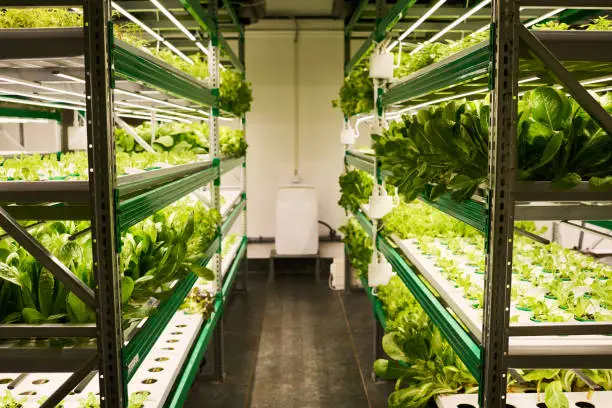
Globalization and Its Impact on Food Security
Globalization has transformed the way food is produced, distributed, and consumed. While it has expanded access to diverse food products, it has also created dependencies on global food markets. Developing countries, in particular, face challenges such as land grabbing by multinational corporations and vulnerability to price fluctuations.
To address these issues, policies must promote fair trade practices, protect small-scale farmers, and ensure sustainable agricultural practices. Gender-sensitive policies are also crucial, as women play a vital role in food production but often face systemic barriers.
Climate Change: A Growing Threat to Food Security
Climate change is one of the most significant threats to global food security. Rising temperatures, erratic rainfall, and extreme weather events disrupt agricultural productivity, particularly in regions reliant on rain-fed farming. Soil degradation, caused by climate change, further compounds these challenges.
To mitigate these impacts, climate-smart agriculture practices, such as agroforestry and soil conservation, are essential. Policies must also promote dietary diversity to reduce reliance on a single crop and enhance nutritional resilience.
Policy Interventions for a Sustainable Future
Addressing food security and population growth requires comprehensive policy interventions. Key strategies include:
- Investing in agricultural R&D to develop high-yielding, climate-resilient crops.
- Promoting family planning to control population growth.
- Enhancing infrastructure to reduce food waste and improve distribution.
- Implementing climate adaptation strategies to protect agricultural systems.
These policies must be inclusive, addressing the unique needs of different regions and demographics.
The Need for Agricultural Development
Agricultural production must evolve to meet the demands of a growing population and a changing climate. By 2050, the world will need to increase food production by 40% to feed an estimated 9.8 billion people. This requires adopting modern farming techniques, improving access to technology, and empowering farmers to boost productivity.
Conclusion
The challenges of food security and population growth are daunting but not insurmountable. By embracing innovation, fostering global cooperation, and implementing inclusive policies, we can build a sustainable future where everyone has access to nutritious food. The time to act is now—our collective efforts today will determine the well-being of generations to come.

